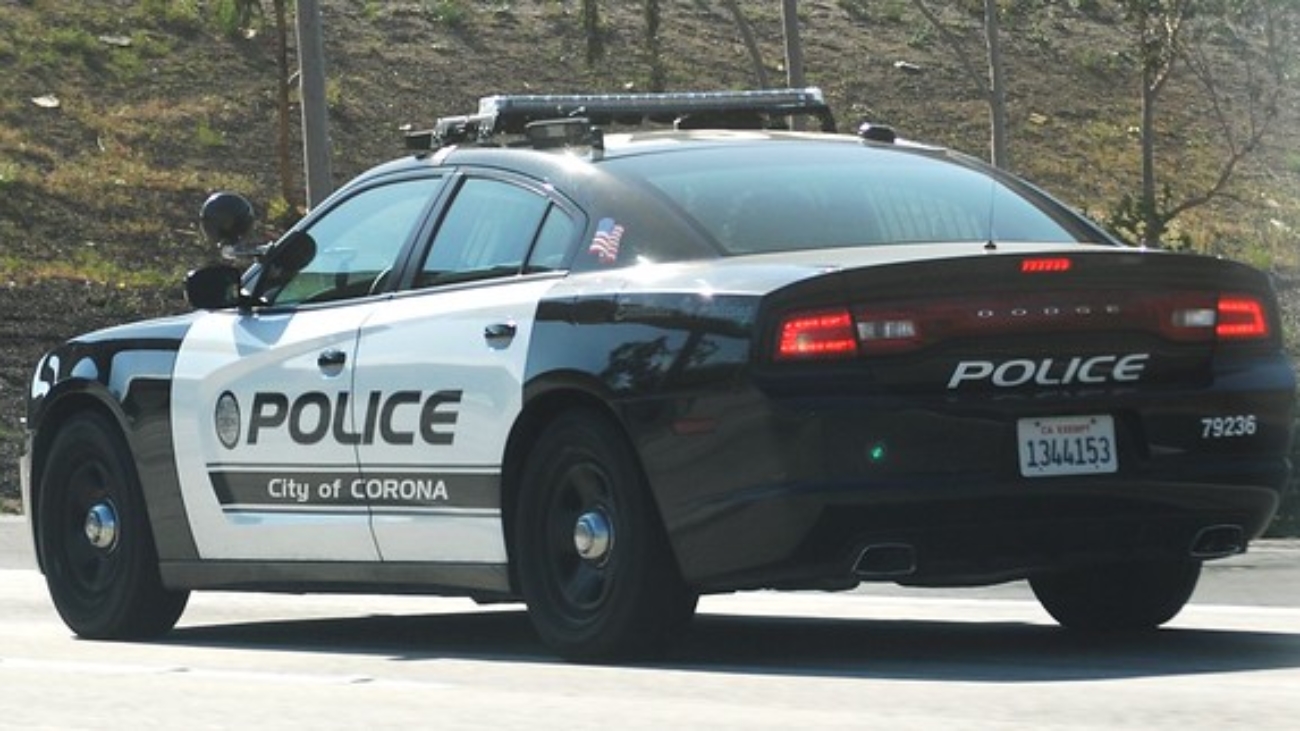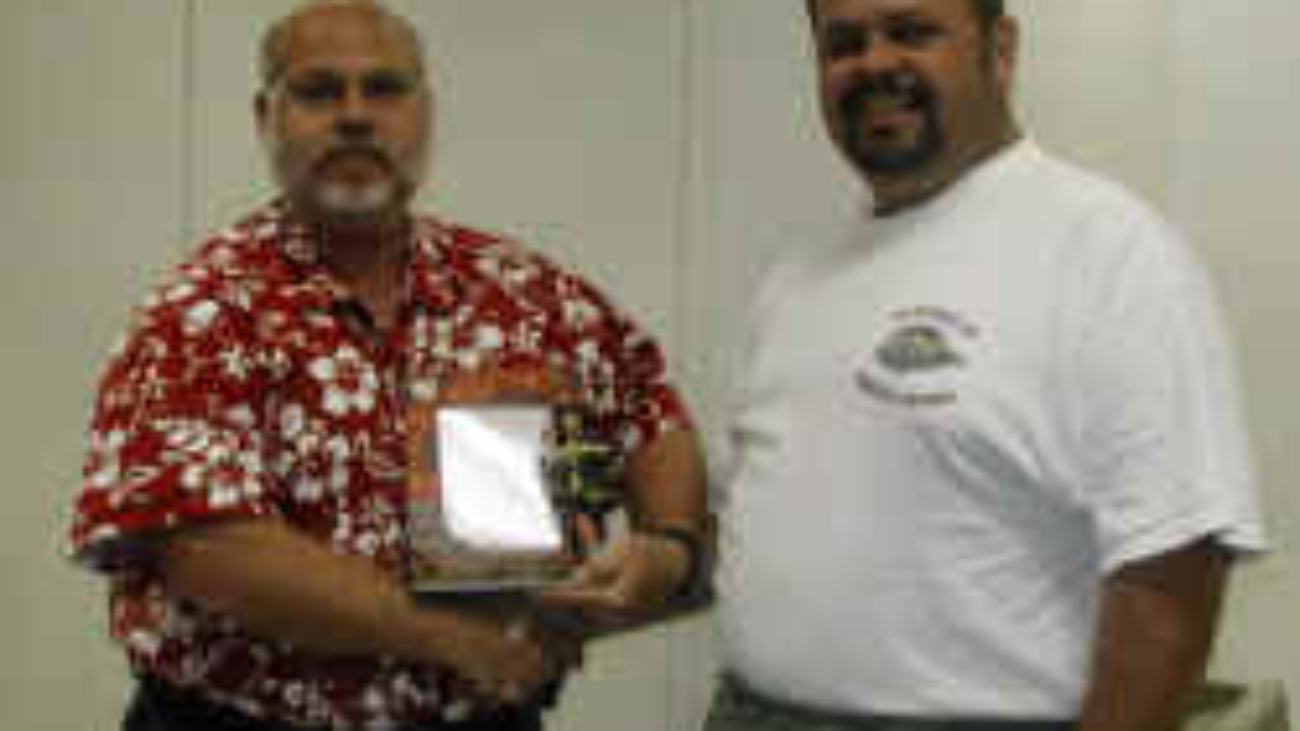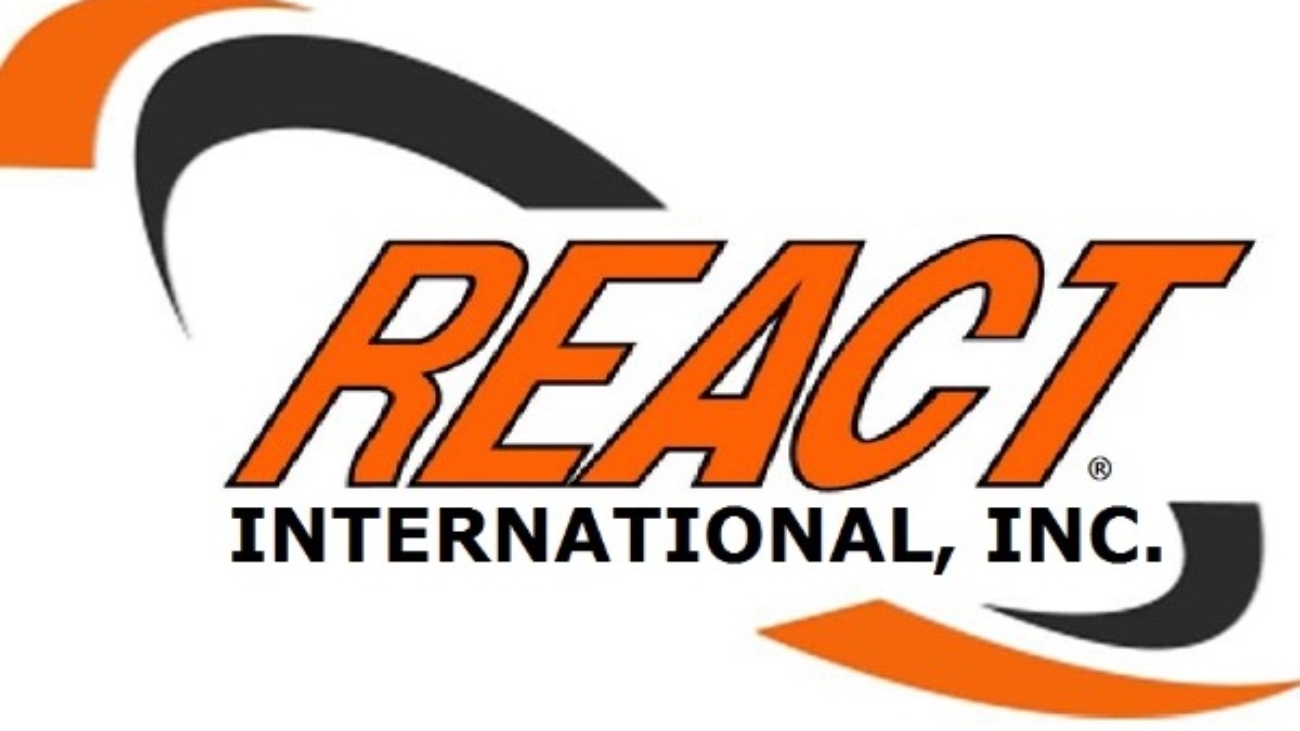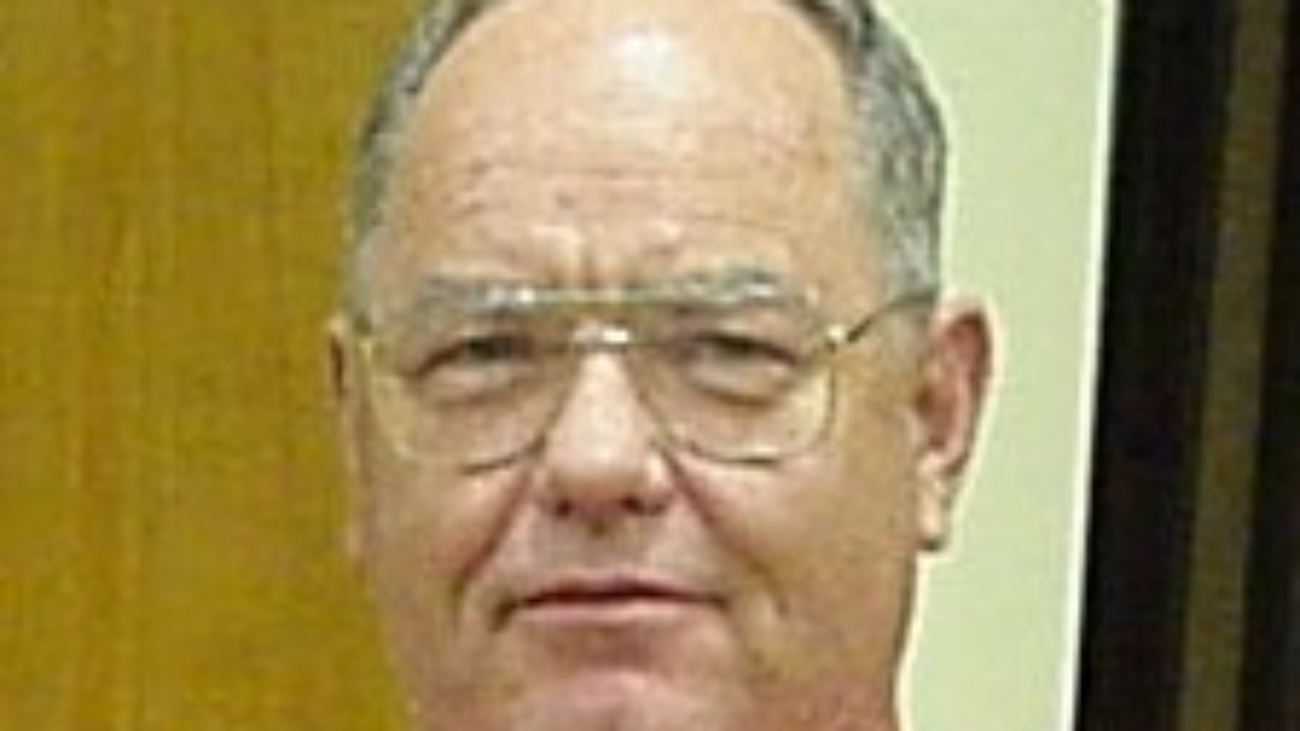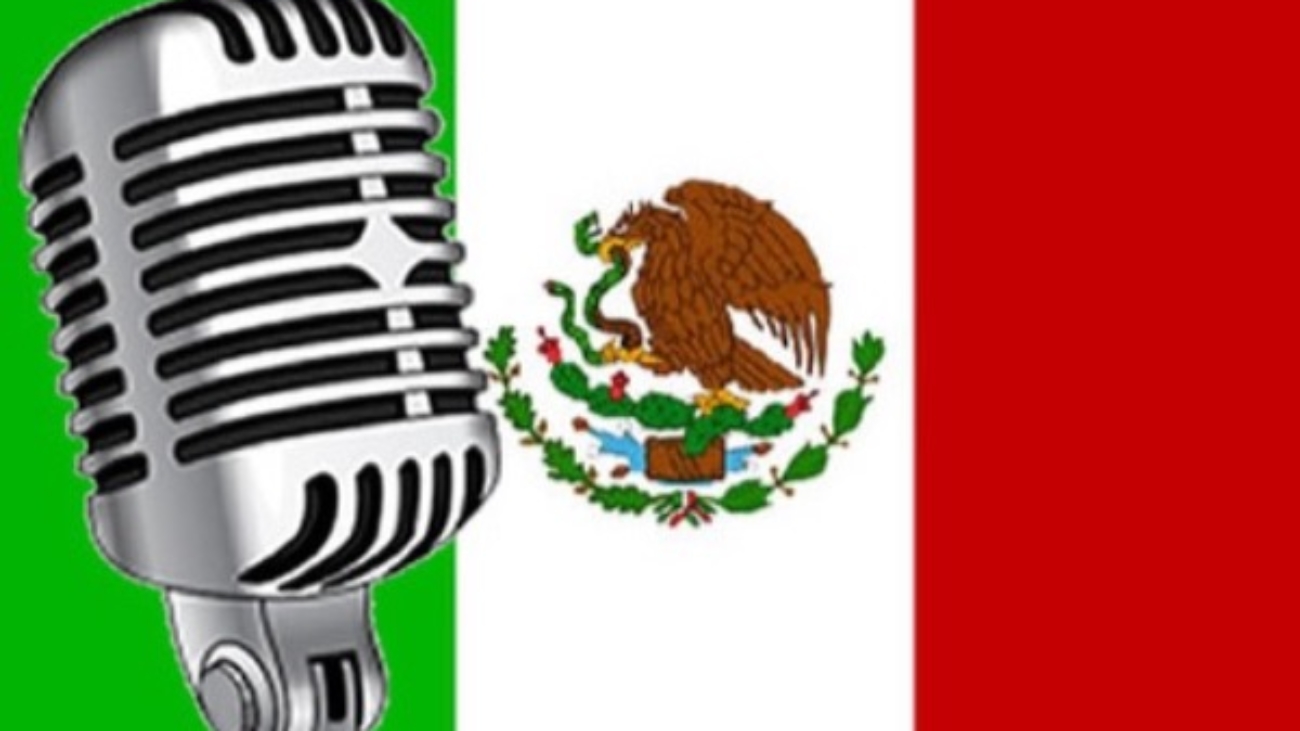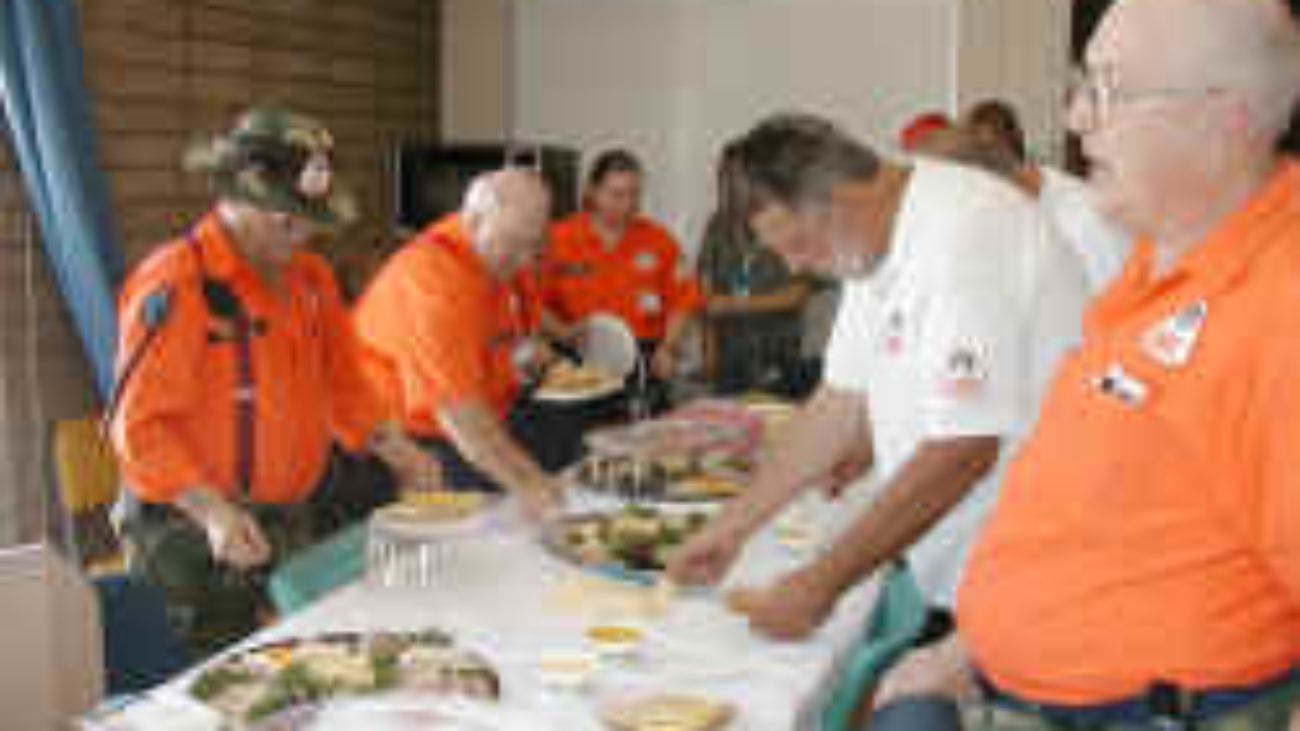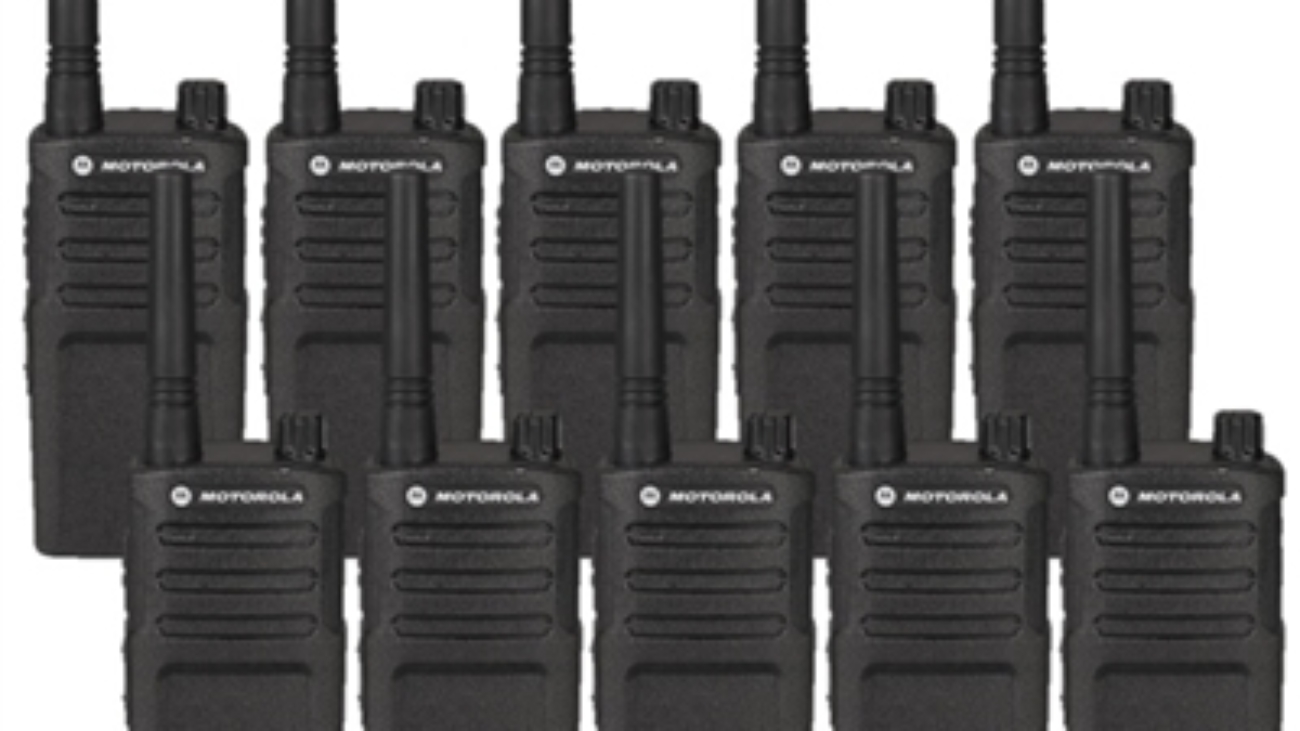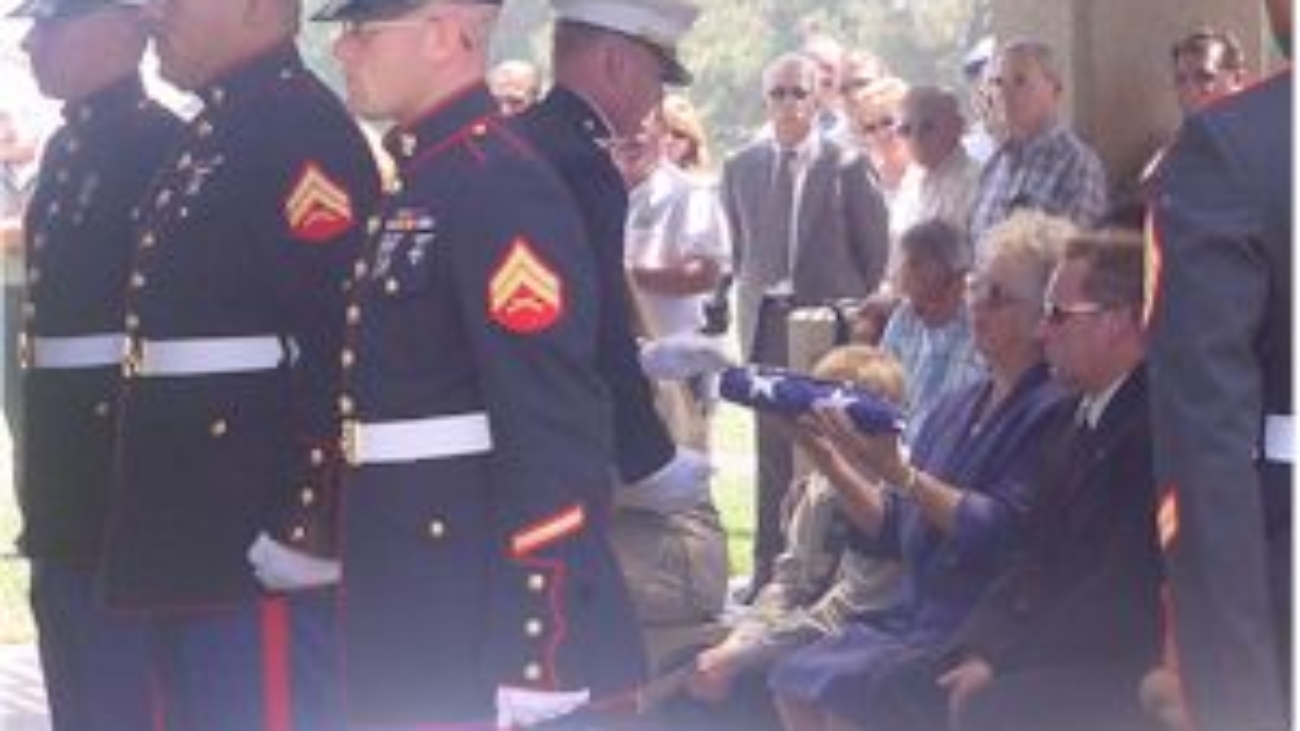[ Introduction ]
Good morning. My name is Wayne Barringer, and I am a Master Gunnery Sergeant with the United States Marine Corps. On behalf of the family, let me extend my sincerest thanks and appreciation for all of you attending today.
Ladies and Gentleman, would you please stand and join me in offering The Lord’s Prayer today?
< The Lord’s Prayer >
Today we are gathered here to commend the soul and give our final good-byes to Major Goodel Parker Warren, Serial Number 05 13 05, United States Marine Corps. A decorated military veteran, a loving husband and father, a valued friend, in one way or another, touched us all. This is a celebration of Goody’s life. Anyone who knew Goody eventually realized that he was a unique individual. And, in the unlikely event you weren’t smart enough to catch on to that fact by yourself, he would assist you by eventually letting you know …. in his own way, of course. He possessed a broad body of knowledge, was anything but shy, and had the uncanny knack to fix anything mechanical, even if he had never seen it before. He was a creative problem solver, but only if it was a problem he wanted to solve. If he didn’t want to solve it, you were pretty much on your own.
I interviewed several people to get the details of Goody’s life. What I am about to share with you would not have been possible if those who shared with me had not done so. Thanks to each and every one of you for making this effort possible.
So, with your permission, I’d like to take a walk into history and share some of the past events and details that became the life of Goody Warren.
< Honor Guard Ceremony: Presentation of U.S. Flag to Carolyn Warren by Flag Detail and twenty-one Salute by Rifle Detail. >
[ Childhood ]
Born on October 15th, 1928 in San Diego, Goody was the youngest son of Charles Carl Warren (originally from Missouri) and Jill Ruth McCabe (from Knights Ferry, California, near Modesto). He was the youngest brother of Thomas and Thatcher, or Tom and Thatch as they were called. While he doesn’t recall exactly what kind of illness Goody had, his brother Tom recalls Goody spent the first 2 years of his life in a hospital being given transfusions with blood donated by his mother and father. After being released from the hospital, Goody spent winters of 1930-1932 with his family, playing in the desert with the vinegarroons. Now, for those of you who don’t know what that is, it’s a large whip scorpion found in the southern U.S. and Mexico. When you bother it, it excretes a substance with a odor that smells like vinegar. Goody was only about four or five years old at the time, but he absolutely loved tormenting those vinegarroons.
His family lived humbly in a rented stone house near Ocotillo Wells. Father Charles helped build the highway between the Salton Sea and Julian, now known as California State Route 78. Mother Jill washed the family’s clothing in a washing machine that was powered by a conveyor belt attached to the rear axle of an old Model T. The car was started, put into gear, and the conveyor belt began moving to wash the clothes. About every two weeks, however, the car was taken off it’s jacks, the rear tires put back on, and Goody’s mother would drive the car to San Diego, so Tom and Thatch could take piano lessons.
Summers were spent with relatives George and Helen Matthews near the old sugar beet factory near what is now Newport Boulevard and Dyer Road, because Goody’s body could not take the heat. It was here, at the old Eddy Martin Airport, close to where Main Street now crosses the 55 Freeway, that Goody’s love for airplanes and flying blossomed into a passion that stayed with him throughout his life.
Between approximately 1933 and 1934, Goody was able to live full time with his family because they moved out of the desert to the Gorman area where father Charles helped build part of what was then called US Route 99, the “Ridge Route Alternate” which included the old “suicide lane” in the middle of the road. Cars routinely traveled 60-70 miles an hour over this new stretch of highway. Today, the I-5 freeway going from Mexico to Alaska has replaced that road.
In 1934, the entire family moved again, this time to Banning. Goody was about six years old then. But brother Tom remembers that Goody’s passion, even at that young age, was airplanes and flying. He recalls when the family would be traveling in the car and hear the sound of an airplane. Goody would remark, “that’s a so and so” naming the airplane. When one of the family would ask, “How do you know?” Goody would reply, confident as ever, “I can tell by the sound.” Even back then, Goody was more than willing to let you know that “he knew” … even if you didn’t.
Goody attended Banning Grammar School where he was earned the Perfect Attendance Award in June of 1937 for not missing a single day during the year. The history gets a little sketchy after that, but he also attended Las Vegas Union, a junior high school in Clark County, Nevada and studied for two years at Santa Ana Junior College majoring in of all things – mechanical engineering.
One of Goody’s friends was Don Pridham, and Don’s father, “Pop Pridham” as they called him, had a mechanic’s garage in the back of his house. It was here that Goody learned how to build cars. In fact, it was during high school, that Goody, Bob Greeley, Niles Laderer, Joe Lenski, Pete Wandry, Russell Gilbert, and Gene G. got together and built a car they raced at the dry lake bed. That car would do over 100 miles an hour, something uncommon for cars during that time. Pop Pridham also taught Goody how to rebuild transmissions. Now this was a skill that Goody used several times over during his teen years. He and his friends learned how to build, and sometimes within a few days, have to rebuild, the transmission. It seems Goody always needed a transmission. Now, whether those transmissions blew up because they weren’t done right the first time, or whether it blew up as the result of Goody’s inability to control his self-proclaimed racing skills, well, that remains a mystery to this very day.
Following his brothers Tom and Thatch, Goody learned how to play music as a child. He was a natural when it came to playing the accordion, and later on, the grand piano. He would listen to someone hum a tune, and suddenly he’d start playing. He couldn’t read music, but he sure could play. In fact, many people have said he could play the “Bumble Boogie” like no one else. And like many at that time, he smoked cigarettes. His favorite: Phillip Morris.
Goody was famous for borrowing cigarettes, even though he has his own close by. Bob Greeley, his lifelong friend, recalled one such day. Everyone watched as Goody walked up to the piano with white T-shirt, look right at Bob, and say, “Ace, butt me.” That was Goody’s way of saying, “Hey, I want a cigarette.” For some reason that Bob can’t remember, Goody always called him “Ace”. Well one day, Ace got a little frustrated and yelled back, “Why don’t you smoke one of your own?” Well, Goody looked at him right in the face and replied, “I’m in a T-shirt, I don’t have one.” Everyone knew that Goody was trying to borrow another cigarette from Bob. So, Bob went out to his car, opened the glove Box, took out several packs of cigarettes Goody had put there, and threw them at Goody. “Smoke your own,” he said. Everyone laughed.
Goody slowly took out a cigarette, lit it up, and laid his pack of cigarettes on the piano. Then, he kind of rolled his head around, put his hands on the keyboard, and he started playing. Everyone loved to hear Goody play.
Now the dates are unclear, but after he got older, Goody became a celebrity of sorts. He would go to the “Top of the Mark” in San Francisco, and during the intermissions of the “hired entertainment”, Goody would entertain everyone – and anyone – who was close by. He loved to play, loved to entertain, and loved an audience.
[ Military Career ]
Goody enlisted in the United States Marine Corps on the 22nd of July, 1948. He chose the Marine Corps, not because he patriotic … although he was … but because they promised him something related flying. And they did just that. Goody stayed in the Marine Corps for the next 20 years, 11 months and nine days, retiring as a Major on 1st of August, 1969.
Goody married Mamie Jean Webber on September 23, 1949. Originally from Eden, Oklahoma, Jean was a good looking girl, and Goody did what most guys his age did when they listened to their hearts instead of thinking with their heads … they got married. They had two children, Sherida Jill and David Carl. Although Goody tried to stay on the West Coast to be close to his family, ongoing training requirements, many trips to Pensacola, mandatory overseas deployments … ultimately spelled disaster and the marriage ended in February of 1968.
But Goody’s sacrifices in his marriage were rewarded for his actions in the military. Goody became a rare breed for a pilot in the military. In most cases, a military pilot is trained in either fixed wing or helicopter flight operations. Goody received training in both.
Statement from Colonel William Cunningham
I first met Goody Warren in 1960 at Camp Pendleton. He was the Air Officer for the 7th Marines and I was the ALO for the 2nd Battalion. At first I didn’t know what to make of him. He was brash and outspoken and seemed to know everything about anything. I soon found that a lack of confidence was not one of his shortcomings.
Our friendship grew over the next year as we spent our spare time shooting at the huge population of ground squirrels and rabbits aboard Camp Pendleton. We talked about guns and flying and it was soon apparent that Goody did know a lot about many things. Even discounting his more extravagant claims, I never doubted his many talents. He was a genius with anything mechanical. It didn’t matter if it was a watch, radio or a car engine. Goody could fix it. He was a musician and the best natural flyer I ever served with. Initially, Goody was disdainful of the value of helicopters and we spent a number of heated sessions on the subject.
So I grinned when, in 1963, I saw Goody assigned with the first group of pilots to undergo helicopter transition. They arrived at MCAF Santa Ana kicking and screaming, but Goody seemed resigned to this terrible fate and the others soon took up the challenge of learning a new kind of flying. They all did well, but Goody took to the H-34 helicopter like a duck to water. His natural talent made instructing him a pleasure, and I never heard him speak another unkind word about helicopters.
In early 1964, Goody and I found ourselves in Vietnam and, as we had done at Pendleton, we spent a lot of our spare time shooting the collection of machine pistols that we managed to pick up here and there.
Our paths crossed again in 1968 at El Toro as I was about to go back to Vietnam and Goody was awaiting retirement. The years went by and we re-established contact by phone and later by email. Willie, my wife and I enjoyed a short visit with Carolyn and Goody a few years ago on our way to a squadron reunion in Reno and I could tell that Goody was not feeling well but he wouldn’t let on. It broke my heart to see him suffering that way. That suffering is now at an end, and there is solace in knowing that wherever he is now, there is no pain.
I am proud to have been Goody Warren’s friend for over 40 years and will miss him greatly. My heartfelt condolences go out to Carolyn and the children.
Semper Fi Goody, I’ll see you again…. William Cunningham, Colonel U.S.M.C. [Ret]
Santa Ana, also commonly referred to as “LTA” for the Lighter Than Air operations conducted there, also served as a training center for pilots. Many of these pilots, originally trained for fixed wing jets, found themselves undergoing transition training into helicopters. Many of them were angry about the reassignment. When Goody went to Santa Ana, however, he went with another pilot that remained a friend throughout his life. He sent these words for those of you here today:
Statement by Colonel John H. La Voy
Goody was my operations officer in a Marine Helicopter Squadron designated HMM 364 We were together for over two years and had many exciting, satisfying, amusing, and frightening experiences together. We had both come from fixed wing attack and fighter type duty, so forming and training a medium helicopter squadron was a real challenge. Goody played a key role in making this happen.
During our training in Santa Anna, we had set up an unauthorized coffee and doughnut nook in our end of a big hangar, and someone was stealing the money from the kitty that was used to run the operation. It was run on the honor system and the money kept in a big jar. Now, we couldn’t report it to security because it was supposed to be managed by the Post Exchange, or PX. Goody came to me and announced, “Ill take of the problem Skipper.” And I gave him my blessing.
He had a policeman friend in town who loaned him a kit with powder that could only be seen under an ultra violet light. He set the trap, the culprit was found and promptly gotten rid of. I could always count on Goody to solve sticky problems for me, some times using conventional methods; other times, not so conventional, but always successful. Goody had an uncanny ability to solve communications problems, especially from ship to shore and ship to aircraft. On several occasions through his efforts he made the squadron look very good.
In the fall of 1963 we moved the entire squadron by aircraft carrier to Okinawa for combat duty in Vietnam. Our mission was to support the South Vietnamese army and also to train an entire squadron to take over all of our squadron’s equipment, including our aircraft. It included training pilots, mechanics, flight crews, and all of the ground support personnel. It was Goodie’s untiring devotion to duty and long hours that help make possible the difficult task of scheduling all of the combat and training flights, and because of our success we received many accolades by both the Marine Corps and the Vietnamese Government.
When we first went to Vietnam, we operated under rules of engagement. We were not to fire unless fired upon. The enemy was never dressed in military clothing so this caused many tense moments. In country, Goodie always carried a “hog leg” pistol with a caliber that was near canon size. On one occasion several helos were sitting in a clearing waiting for one of them to be repaired when a group of Vietnamese came out of the tall grass and suspiciously began to approach the aircraft. Everyone else just sat there and waited, but not Goodie. He drew his cannon and fired several shots over their heads. They quickly retreated back into the grass and we never found out whether they were enemy or friendly. Not exactly according to the rules of engagement, but at such close range, it was a happy ending.
Goodie was always a motorcycle enthusiast and the self appointed leader of the squadrons motorcycle brigade. One afternoon while demonstrating some of his prowess, he ran his motorcycle into a stray cow. His body was only slightly injured but his pride was severely bent out of shape, however not serious enough to dampen his enthusiasm for riding.
Upon returning from each combat mission the pilots were debriefed for intelligence information. A lieutenant in a debriefing foolishly mentioned that he had seen a pink elephant. He was teased unmercifully. Several other pilots had seen pink elephants too, but were cautious enough not to mention it. Goody came back from a mission and vindicated the lieutenant by reporting that he too had seen some pink elephants. However, Goody also told everyone why they were pink. Evidently, the elephants rolled in a dust hold of red clay and then sprayed themselves with water. This vindicated the lieutenant, who was forever grateful.
One last thought, I will always remember Goodie for his upbeat attitude and constant smile. When the going was tough he would say ” don’t worry Skipper things will get better”, and they always did.
For many years after our retirement we contacted one another by phone and I always looked forward to visiting with him. I will miss those conversations.
A FELLOW OFFICER A LONG TIME FRIEND JOHN LA VOY COL. USMC RET.
Goody remained humble throughout his life, at least, until you got to know him. Even after retirement, he told very few people about what he did, whom he knew, or the sacrifices he made, again, until you got to know him.
Goody knew some very famous people. From July 22-26, 1950, he met with a relatively unknown Navy Officer when they were both assigned at Saufley Field in Pensacola, Florida for training. Ironically enough, Goody and that Navy pilot were in Florida for aircraft carrier and weapons qualification. They stayed friends and Goody was always proud to show the framed letter on the wall from Neil Armstrong, the now famous Astronaut.
While in Korea, he received the Distinguished Flying Cross for his unselfish actions of heroism. He was flying as wingman when his flight leader, who was experiencing radio difficulties, passed the lead to Goody. Assuming the leadership of a three-plane flight, he led them to the target area and contacted an airborne controller, who directed them to attack a large group of enemy troops. The citation accompanying the award stated: “Lt Warren led a series of low level reconnaissance runs in order to positively identify the positions of friendly troops. In the face of automatic weapons fire and without regard for person safety, he began a series of expertly executed bomb, napalm and strafing attacks, scoring direct hits on the positions and killing many of the enemy troops.”
Warren was credited with continuing his attack until forced to stop because he ran out of ammunition. The airborne controller who had called the strike estimated at least 50 enemy dead and stated that there was “no sign of life in the enemy position.”
In Vietnam, Goody received a Gold Star in lieu of a 2nd Distinguished Flying Cross. The citation stated: “Major Warren flew as a Helicopter Aircraft Command in a troop lift operation in support of the Forces of the Republic of Vietnam into the heart of an insurgent communist guerilla (Viet Cong) stronghold. The operation was conducted against an extremely well deployed and well armed anti-aircraft unit that brought the fire of many heavy automatic weapons to bear upon the incoming and departing waves of helicopters as well as laying down a destructive fire upon the landing zone. Exercising skillful judgment, iron determination and displaying outstanding aeronautical skill, Major Warren courageously maneuvered his helicopter into a safe landing while receiving serious damage during the approach and departure and utilizing all the skill at his command in saving the aircraft for further assault waves. Major Warren subsequently participated successfully in three additionally heliborne assault landings into this very heavy fire to complete the assigned mission.”
Goody served on both the “Kennedy Presidential Detail” and the Nixon Presidential Detail” at Marine Corps Air Station, Camp Pendleton. This, like overseas deployments, meant Goody was away frequently without being able to explain why, and without knowing when exactly he would return.
Goody’s last assignment in the Marine Corps was, ironically, the exact opposite of everything his life stood for. He was transferred to the Station Operations and Engineering Squadron (SOES) where he worked in the Office of Naval Air Training and Operations Procedures, commonly referred to as NATOPS – a paper-pushing job!! But, it kind of made sense … who better to review and revise the very guidelines he had either broken or bent all of his life!!
Goody retired from the United States Marine Corps on August 1, 1969 as a Major. During his time in the Marine Corps, both the United States and Vietnamese governments recognized Goody for honor, bravery and heroism. During the course of his career, he received five Letters of Appreciation, six Air Medals, The Korean Presidential Unit Citation, Vietnamese Cross of Gallantry, and many other awards and accommodations.
[ Post Retirement ]
After Goody retired, he stayed in the Costa Mesa area. For several years, he dated a girl much younger than himself. It’s unclear if he, or she decided there was no future together. I suppose, knowing Goody, it would depend on which one of them you asked first.
One day in 1972, Don Pridham’s mother walked into her daughter’s room and said, “Get yourself ready, he’s coming over to pick you up and you’re going out on a date.”
“Goody?”, said the daughter. “I can’t go out with Goody, he’s like a brother to me.” Four years later, on July 31st, 1976, they were married. Why did it take so long? No one knows for sure, and like everything associated with Goody, it would probably depend on who you asked first. Maybe he just wasn’t sure. Whatever his reasons, he married her and raised those four kids just like they were his own.
Now, think about this. Goody, a decorated military hero and high achiever had finished his military career pushing paper. He had finally acknowledged he had no chance in hell with the younger girl. And now he’s just married someone with four children. Can you imagine the daily life of those kids with the kind of person Goody was?
Well, Goody loved those kids like they were his own. Like any relationship with Goody, however, the perspective might change depending on who you asked first!!
Goody and Don Pridham’s sister, hmm … maybe I should say Goody and his wife, relocated to Lake Matthews, where Goody quickly contacted all of the local families and volunteered his highly trained hunting ability to help in getting rid of any unwanted squirrels. It’s unclear how many squirrels Goody killed over the years, but it’s certainly easy to imagine that a new generation of squirrels is happy that Goody will no longer be killing kill their cousins.
Goody and his wife also got involved with Volkswagen bugs and dune buggy racers. Goody’s brother, Thatch, started the Chappalla Dusters, a dune buggy racing team. Sometimes Goody and his wife went to three races per week. Goody used his mechanical talents and worked as a pit crew boss at races held in the desert, and always looked for a way to “get an edge” so they would win. Kenny, Thatch’s son, recalled it was sometime in the early 1970’s when Goody decided to install a CB radio on a dune buggy, something that, up to that time, had never been done. “If they can put radios in jets, I can sure install one in this, Goody said.” So, he installed the antenna, secured the CB radio, and even built a special headset for the microphone and speakers inside it based on the military configuration when he was a pilot. Of course, it didn’t end there. Like always, Goody gave instructions, but somehow they always seemed like a warning. He told them not only on how, but when to use the radio. “Before you arrive at the pit stop, call me on this radio so I can be ready for you.”
Goody’s wife was with him when they went to Mexico for the dune buggy races. They waited two or three days for the buggies to approach their position. During that time, Goody was drinking the local water, and he got sick as a dog. His wife told him, “the buggies are coming”, and all Goody could do was sit on that porta-potty inside the camper shell of the truck, and watch the buggies go by.
Goody’s wife was also with him when Goody started MayPop Enterprises, a venture Goody started to sell the Volkswagen engines he was building at the time. It wasn’t a big huge operation, but she was there when Goody received the MayPop tags that Goody proudly attached to each and every engine he built.
Earlier I read from Goody’s award citation regarding his selfless acts of bravery during wartime. But he is not the only deserving an award for incredible acts of love, and selfless acts of caring and dedication. Goody’s wife was there as his health began to deteriorate, and she never left his side except to when she had to go out for shopping, or to refill his medication, or to get something for them to eat. She stayed by his side, long after many, including some of the relatives, had told her to leave him because he was taking advantage of her. She knew in her heart it wasn’t true. She stayed by Goody despite the fact his medical needs increased as his medical condition deteriorated. Day after day, week after week, month after month, year after year, she stayed by him.
Goody’s wife was with him most recently when Goody obtained call sign KAF5414, a license issued from the Federal Communications Commission and became a member of Crest Communications. Even here, he was never reserved about letting others know what he thought, especially when he was irritated. One day, he sat listening to communications from unlicensed operators. Suddenly, he picked up his microphone and yelled, “Why don’t you people go to another frequency? You’re using a private repeater and bothering people from here to the Mexican border.”
Goody had one of the strongest two-way radio stations around. He could talk from the Central Valley north of the Grapevine to San Diego and from the desert to the sea. Goody was never selfish about his resources, and was always willing to lend a helping hand. He would quickly reply on the radio when someone called for assistance. He assisted Bob Leef with the team’s newsletter, and annually volunteered to laminate the membership cards of anyone who wanted him to.
It was through Crest that I first met Goody and his wife. Although we shared an avid interest in two-way radios, only later did I learn that we had other things in common, such as: the United States Marine Corps, the Nixon Presidential Detail, tours in Vietnam, and a personality that frequently offends and is often misunderstood.
Goody’s wife also used the two-way radio, only for her, it became a lifeline to stay in touch with Goody, and no doubt, so Goody could keep tabs on her, whenever she had to go outside.
Goody’s wife was the kind of companion that could accept Goody’s sometimes brash personality, frequent temper tantrums, and boastful, sometimes even exaggerated accomplishments. She even cut his hair. During all the time they were married, Goody only went to the barbershop two times. They shared twenty-five years together, and just like always, Goody’s wife is here today.
Goody would have wanted this ceremony to be simple, a celebration of life, to remember all the things that have been. Goody, I hope you approve. But he would also have wanted someone to step up and say “thank you” to his wife.
So Ladies and Gentlemen, on behalf of the United States Marine Corps, Goody’s relatives, friends and acquaintances, and especially Colonel William Cunningham and Colonel John La Voy, it gives me great honor to stand in front of you today and offer our sincerest thanks and appreciation to an incredibly devoted and loving wife and mother, whose unselfishly caring and steadfast devotion was instrumental in extending Goody’s life, and who deserves nothing less than our most heartfelt applause.
Carolyn, thank you.
This morning, I received an e-mail from Mr. John Braddon, who was also with Goody in Vietnam, and who sent these words to be read at this ceremony:
Statement by Colonel John Braddon
More than anything else, I recall how steady and skillful and courageous he was in combat. He had the unique ability to fly his own helicopter while keeping track of all the others in extremely difficult and dangerous situations. By using his skill so effectively he doubtlessly saved many of us in HMM-364 from injury or even death. He was our operations officer during the entire time we were in combat. The fact that all of us came out alive was very much because of Goody’s leadership and skills.
I will always remember him with affection and regard. I am proud to have served with him in combat. During our time in Vietnam Goody and I were roommates. It is an experience I will never forget.
Once again, on behalf of the family, I’d like to thank you for coming today. I would especially like to thank the United States Marine Corps Honor Guard for their participation today, Colonels William Cunningham and John La Voy for their contributions, and finally, I would like to express my sincerest appreciation to Tom Warren, Goody’s brother, to Kenny Warren, Goody’s nephew and son of his brother Thatch, and to Carolyn, for allowing me into your life and allowing me to assist today.
This concludes the ceremony.
Wayne Barringer, Master Gunnery Sergeant
United States Marine Corps Reserves

